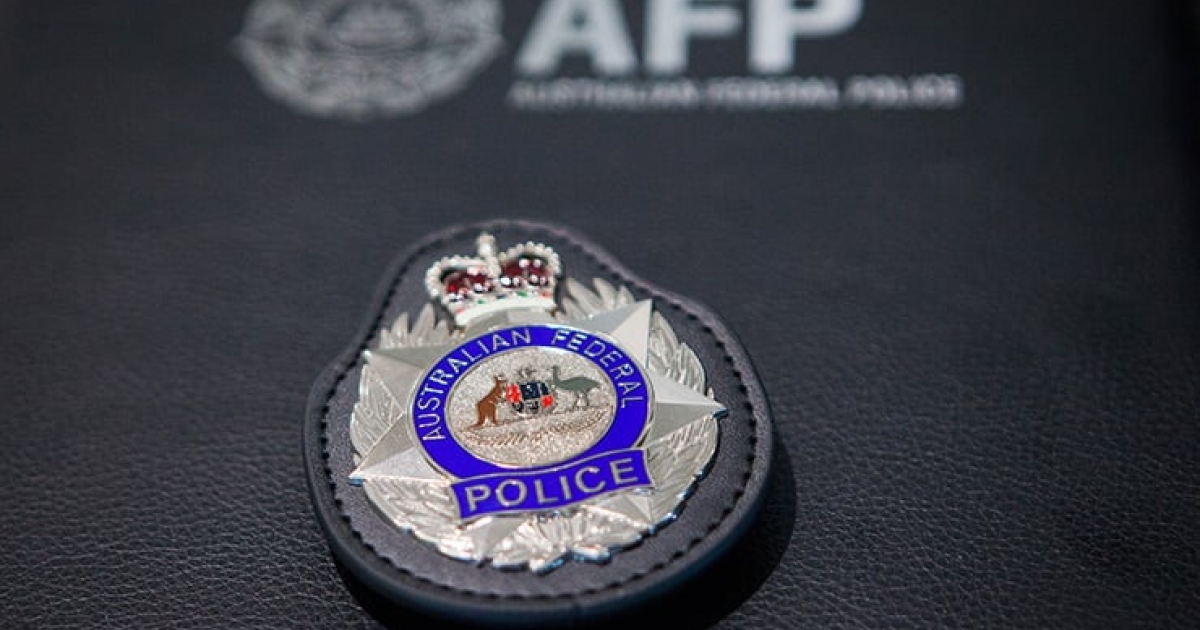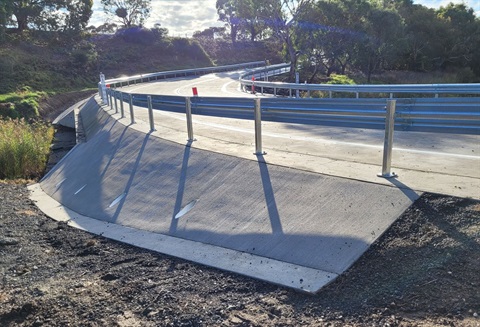![Fall armyworm larvae damage [credit: John C. French Sr., Retired, Universities:Auburn, GA, Clemson and U of MO, Bugwood.org] fall armyworm larvae damage on plant](https://www.dpi.nsw.gov.au/__data/assets/image/0010/1267741/fall-armyworm-larvae-damage.jpg)
Farmers have been urged to be on the lookout for signs of damage and the presence of fall armyworm larvae in summer crops following the recent trapping of moths in the Lower Namoi.
NSW Department of Primary Industries (DPI) Grains Biosecurity Officer, Bill Gordon, said moths were trapped east of Narrabri on October 12 and west of Wee Waa on October 15, following the first known detection of fall armyworm in NSW, near Moree.
“Signs of damage and small fall armyworm larvae were found almost immediately in a maize crop near the Wee Waa trap, following inspection of the plants,” Mr Gordon said.
“Grain growers and consultants in northern NSW need to look for windowing of leaves where larvae have hatched and small shot holes as leaves expand, caused by larvae feeding in the developing leaf whorl.
“Identification of recently emerged larvae can be difficult, but when larvae reach second to third instar the features which allow diagnosis are more obvious.”
Fast action to manage small larvae is recommended by NSW DPI and Local Land Services (LLS) to maximise control and help minimise further spread by restricting local infestations.
“It is anticipated that migratory flights of the pest will occur annually across NSW and fall armyworm may establish in some of the warmer parts of the State,” Mr Gordon said.
“The best way to minimise the spread and impact of the pest is to identify the signs and symptoms early.”
Anyone who suspects the presence of fall armyworm should immediately call the Exotic Plant Pest Hotline on 1800








